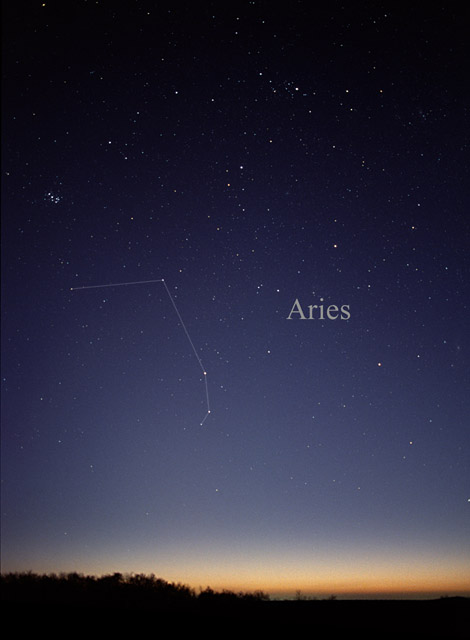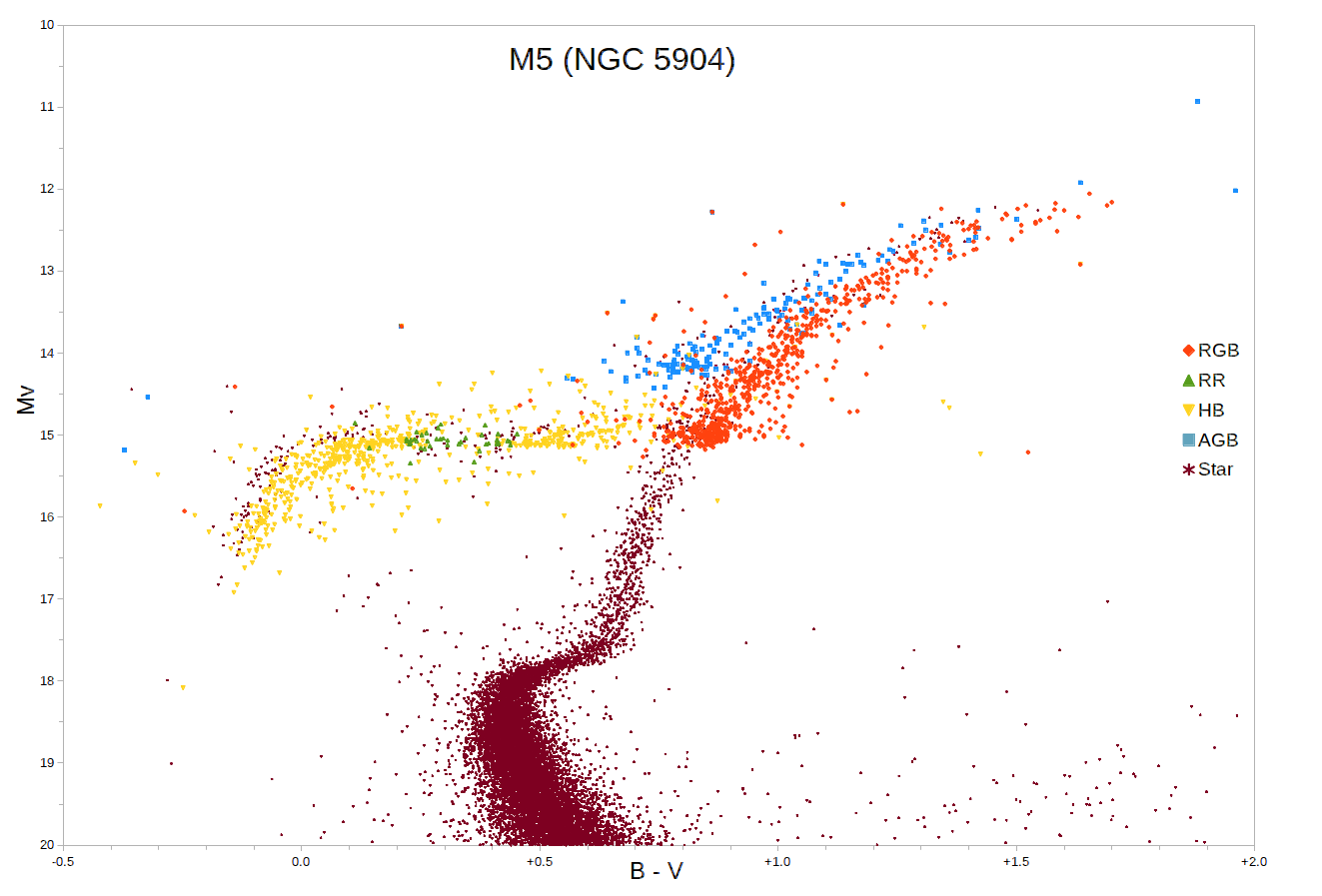|
62 Arietis
62 Arietis is a single star in the northern constellation of Aries, a few degrees to the north of Tau Arietis. ''62 Arietis'' is the Flamsteed designation. It is visible to the naked eye as a dim, yellow-hued star with an apparent visual magnitude of 5.52. Based upon an annual parallax shift of , it is approximately distant from the Earth. This object is an aging giant star with a stellar classification of G5 III, most likely (96% chance) on the horizontal branch. Having exhausted the supply of hydrogen at its core, the star has expanded to 35 times the Sun's radius. It is around 219 million years old with 3.7 times the mass of the Sun. The star is radiating 533 times the Sun's luminosity from its enlarged photosphere at an effective temperature of 4,665 K. Chinese name In Chinese astronomy, 62 Arietis is called 天阿, Pinyin: Tiānhé, meaning ''Celestial River'', because this star is marking itself and stand alone in ''Celestial River'' asterism, Ha ... [...More Info...] [...Related Items...] OR: [Wikipedia] [Google] [Baidu] |
Aries (constellation)
Aries is one of the constellations of the zodiac. It is located in the Northern celestial hemisphere between Pisces (constellation), Pisces to the west and Taurus (constellation), Taurus to the east. The name Aries is Latin for sheep, ram. Its traditional astrological symbol is (♈︎). It is one of the 48 constellations described by the 2nd century astronomer Ptolemy, and remains one of the 88 modern constellations. It is a mid-sized constellation ranking 39th in overall size, with an area of 441 square degrees (1.1% of the celestial sphere). Aries has represented a ram since late Babylonian times. Before that, the stars of Aries formed a farmhand. Different cultures have incorporated the stars of Aries into different constellations including twin inspectors in China and a porpoise in the Marshall Islands. Aries is a relatively dim constellation, possessing only four bright stars: Hamal (Alpha Arietis, second magnitude), Sheratan (Beta Arietis, third magnitude), Mesarthim ( ... [...More Info...] [...Related Items...] OR: [Wikipedia] [Google] [Baidu] |
Chinese Astronomy
Astronomy in China has a long history stretching from the Shang dynasty, being refined over a period of more than 3,000 years. The Ancient China, ancient Chinese people have identified stars from 1300 BCE, as Chinese star names later categorized in the twenty-eight mansions have been found on oracle bones unearthed at Anyang, dating back to the mid-Shang dynasty. The core of the "mansion" (宿 ''xiù'') system also took shape around this period, by the time of King Wu Ding (1250–1192 BCE). Detailed records of astronomical observations began during the Warring States period (fourth century BCE). They flourished during the Han period (202 BCE – 220 CE) and subsequent dynasties with the publication of star catalogues. Chinese astronomy was equatorial, centered on close observation of circumpolar stars, and was based on different principles from those in traditional Western astronomy, where heliacal risings and settings of zodiac constellations formed the basic ecliptic framew ... [...More Info...] [...Related Items...] OR: [Wikipedia] [Google] [Baidu] |
Henry Draper Catalogue Objects
Henry may refer to: People and fictional characters * Henry (given name), including lists of people and fictional characters * Henry (surname) * Henry, a stage name of François-Louis Henry (1786–1855), French baritone Arts and entertainment * Henry (2011 film), ''Henry'' (2011 film), a Canadian short film * Henry (2015 film), ''Henry'' (2015 film), a virtual reality film * ''Henry: Portrait of a Serial Killer'', a 1986 American crime film * Henry (comics), ''Henry'' (comics), an American comic strip created in 1932 by Carl Anderson * "Henry", a song by New Riders of the Purple Sage Places Antarctica * Henry Bay, Wilkes Land Australia *Henry River (New South Wales) *Henry River (Western Australia) Canada * Henry Lake (Vancouver Island), British Columbia * Henry Lake (Halifax County), Nova Scotia * Henry Lake (District of Chester), Nova Scotia New Zealand * Lake Henry (New Zealand) * Henry River (New Zealand) United States * Henry, Illinois * Henry, Indiana * Henry, Nebras ... [...More Info...] [...Related Items...] OR: [Wikipedia] [Google] [Baidu] |
Flamsteed Objects
John Flamsteed (19 August 1646 – 31 December 1719) was an English astronomer and the first Astronomer Royal. His main achievements were the preparation of a 3,000-star catalogue, ''Catalogus Britannicus'', and a star atlas called '' Atlas Coelestis'', both published posthumously. He also made the first recorded observations of Uranus, although he mistakenly catalogued it as a star, and he laid the foundation stone for the Royal Greenwich Observatory. Life Flamsteed was born in Denby, Derbyshire, England, the only son of Stephen Flamsteed and his first wife, Mary Spadman. He was educated at the free school of Derby and at Derby School, in St Peter's Churchyard, Derby, near where his father carried on a malting business. At that time, most masters of the school were Puritans. Flamsteed had a solid knowledge of Latin, essential for reading the scientific literature of the day, and a love of history, leaving the school in May 1662.Birks, John L. (1999) ''John Flamsteed, ... [...More Info...] [...Related Items...] OR: [Wikipedia] [Google] [Baidu] |
Durchmusterung Objects
In astronomy, Durchmusterung or Bonner Durchmusterung (BD) is an astrometric star catalogue of the whole sky, published by the Bonn Observatory in Germany from 1859 to 1863, with an extension published in Bonn in 1886. The name comes from ('run-through examination'), a German word used for a systematic survey of objects or data. The term has sometimes been used for other astronomical surveys, including not only stars, but also the search for other celestial objects. Special tasks include celestial scanning in electromagnetic spectrum, electromagnetic wavelengths shorter or longer than visible light waves. Original catalog The Bonner Durchmusterung (abbreviated BD), was initiated by Friedrich Wilhelm Argelander, Friedrich Argelander and using observations largely carried out by his assistants, which resulted in a catalogue of the positions and apparent magnitudes of 342,198 stars down to approximate apparent magnitude 9.5 and covering the sky from 90°N to 2°S declination. The cat ... [...More Info...] [...Related Items...] OR: [Wikipedia] [Google] [Baidu] |
Horizontal-branch Stars
The horizontal branch (HB) is a stage of stellar evolution that immediately follows the red-giant branch in stars whose masses are similar to the Sun's. Horizontal-branch stars are powered by helium fusion in the core (via the triple-alpha process) and by hydrogen fusion (via the CNO cycle) in a shell surrounding the core. The onset of core helium fusion at the tip of the red-giant branch causes substantial changes in stellar structure, resulting in an overall reduction in luminosity, some contraction of the stellar envelope, and the surface reaching higher temperatures. Discovery Horizontal branch stars were discovered with the first deep photographic photometric studies of globular clusters and were notable for being absent from all open clusters that had been studied up to that time. The horizontal branch is so named because in low-metallicity star collections like globular clusters, HB stars lie along a roughly horizontal line in a Hertzsprung–Russell diagram. Because the ... [...More Info...] [...Related Items...] OR: [Wikipedia] [Google] [Baidu] |
G-type Giants
G-Type G-Type is a fictional character from Marvel Comics. G-Type is one of the Shi'ar's Imperial Guard, and is also an alien. He was engineered in the stellar nurseries of Hodinn and was composed of a living solar plasma, with a constant surface temperature of 6000 kelvins (about 10,000 degrees Fahrenheit or 5,700 degrees Celsius). Because of this G-Type wears specially-constructed armor which assists him in retaining a humanoid form and contains the heat that he generates. G-Type is also a telepath, although the nature and extent of his telepathy are unknown. Similar to the other Imperial Guard members, he is based on DC Comics' Legion of Super-Heroes, sharing traits with Wildfire and Saturn Girl. His mind, like the minds of many other Shi'ar soldiers, was overtaken by the telepath Cassandra Nova. He was defeated by Cyclops and Xorn, whom he was planning to fire into the Earth's atmosphere. Gaea Gaea is a fictional character appearing in American comic books published ... [...More Info...] [...Related Items...] OR: [Wikipedia] [Google] [Baidu] |
Monthly Notices Of The Royal Astronomical Society
''Monthly Notices of the Royal Astronomical Society'' (MNRAS) is a peer-reviewed scientific journal in astronomy, astrophysics and related fields. It publishes original research in two formats: papers (of any length) and letters (limited to five pages). MNRAS publishes more articles per year than any other astronomy journal. The learned society journal has been in continuous existence since 1827 and became online only in 2020. It operates as a partnership between the Royal Astronomical Society (RAS), who select and peer-review the contents, and Oxford University Press (OUP), who publish and market the journal. Despite its name, MNRAS is no longer monthly, nor does it carry the notices of the RAS. In 2024 MNRAS became a purely gold open access journal. History The first issue of MNRAS was published on 9 February 1827 as ''Monthly Notices of the Astronomical Society of London'' and it has been in continuous publication ever since. It took its current name from the second vo ... [...More Info...] [...Related Items...] OR: [Wikipedia] [Google] [Baidu] |
Ophiuchus
Ophiuchus () is a large constellation straddling the celestial equator. Its name comes from the Ancient Greek (), meaning "serpent-bearer", and it is commonly represented as a man grasping a snake. The serpent is represented by the constellation Serpens. Ophiuchus was one of the 48 constellations listed by the 2nd-century astronomer Ptolemy, and it remains one of the IAU designated constellations, 88 modern constellations. An old alternative name for the constellation was Serpentarius. Location Ophiuchus lies between Aquila (constellation), Aquila, Serpens, Scorpius, Sagittarius (constellation), Sagittarius, and Hercules (constellation), Hercules, northwest of the center of the Milky Way. The southern part lies between Scorpius to the west and Sagittarius (constellation), Sagittarius to the east. In the northern hemisphere, it is best visible in summer. It is opposite of Orion (constellation), Orion. Ophiuchus is depicted as a man grasping a Serpens, serpent; the int ... [...More Info...] [...Related Items...] OR: [Wikipedia] [Google] [Baidu] |
Tail (Chinese Constellation)
The Tail mansion (尾宿, pinyin: Wěi Xiù) is one of the Twenty-eight mansions of the Chinese constellations. It is one of the eastern mansions of the Azure Dragon (Chinese constellation), Azure Dragon. Asterisms References Chinese constellations {{China-myth-stub ... [...More Info...] [...Related Items...] OR: [Wikipedia] [Google] [Baidu] |




